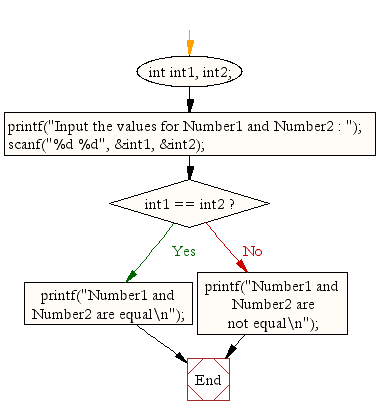

PL/SQL offers the concatenation operator (||) for joining two string variables. It checks if the condition is true or not and returns TRUE if the operands are UNEQUAL. The operators used for this are: (!=), (), (~=). Not equal to: This operator has 3 symbols and its use varies from one situation to another.

Less than or Equal to (=): This operator checks if the operands in the LHS is Greater than or equal to the one on the RHS and returns TRUE if its Greater than or equal. Using INFORMATs for reading numbers is normally not needed. From the data you posted it looks like VAR1 has a leading space so that by using 13.2 format you are not reading the 7 in the hundredths place that is in column 14. m BETWEEN a AND z means that m>=a or if m): This operator checks if the operands in the LHS is Greater than the one on the RHS and returns TRUE if its Greater than the other one. I suspect that your INPUT statement is to blame. LIKE: This operator can compare a String, Character and even a Character Large Object (CLOB) value to a given pattern and returns BOOLEAN TRUE if the value matches the pattern and BOOLEAN FALSE if it does not.īETWEEN: This operator checks if a value lies in a given range. Comparisons involving NULL operands or values always yield NULL.
#PROGRAMMING SYMBOL FOR DOES NOT EQUAL HOW TO#
Let’s see examples on how to use Arithmetic Operators in ABAP. Used to find remainder when one numerical value is divided by another numerical value. IS NULL: This operator returns the BOOLEAN TRUE value if its operand is NULL or empty and FALSE if it is not NULL or empty. Used to find quotient when one numerical value is divided by another numerical value. If a particular element is present in a set, it will return Boolean TRUE or if its not present in a set then it shall result in a BOOLEAN FALSE.Įg: ‘p’ in (‘m’,’n’,’o’,’p’), this operator shall result in a Boolean TRUE Value. IN: This operator checks in for the membership in a set. The operators under this section are as follows: The result will lie in either of the three options: FALSE, TRUE and NULL. This will be implemented as 3 to the power of 2 and the result would be obviously 9.Ĭomparison operators are used to compare the value of one expression with the other. Now, A**B will raise B to the power of A.
#PROGRAMMING SYMBOL FOR DOES NOT EQUAL CODE#
To do this, press and hold the Alt key whilst pressing the Not Equal To Symbol Alt code (8800) using the numeric keypad. The last form may also be written without a space, provided that special care is taken when the symbol for one of the units is. Even though the Not Equal To Symbol does not have a dedicated key on the keyboard, you can still type it on the keyboard with the Alt code method.

Except Exponentiation Operator, others are commonly used. The Not Equal To Symbol alt code is 8800. The operators under this category are addition (+), subtraction (-), Multiplication (*), Division (/) and Exponentiation (**). Give Two More Distinct Examples Of Tripling Functions ( functions Whose Outputs Triple Whenever The Input Changes By 1).PL/SQL programming language provides the following operators: Question: The Function F(x)=3xf(x)=3x Is Often Referred To As The " tripling Function" Because F(x)f(x) Triples Whenever Xx Changes By 1. ab > Greater than or equal if the left operand is greater than or equal to the right. Not equal to if two operands are not equal, then it returns true. A Coefficient is a number used to multiply a variable ( 4x means 4 times x, so 4 is a coefficient) What is a tripling function? This tutorial explains Python operators, their symbols, and operation. A number on its own is called a Constant. In today’s article, you’ll learn how to use some keyboard shortcuts and other methods to type or insert the Not Equal To Symbol () anywhere like Word/ExcelIn today’s article, you’ll learn how to. Parts of an Equation A Variable is a symbol for a number we don't know yet. In triple, you see tri which means three. If you triple the number two, you get six, and six is the triple of the number two. What is the triple of 5?Įnglish translation: 2 = double, 3 = triple, 4 = quadruple, 5 = quintuple, 6 = sextuple, 7 = septuple, 8 = octuple.21 What is a number triple? An operator is a specific symbol (generally falls in the special character category) which commands the compiler or PL/SQL Operators Read.

To perform these functions efficiently, we need to use Operators. In almost every programming language, we need to do mathematical calculations and other such related operations. Examples of single terms: 3x is a single term. In the previous tutorials, we have learnt about the variables in PL/SQL. Once in a document you can copy it to AutoCorrect and make your own shortcut. Use the standard Word Alt + X symbol shortcut 2260 + Alt + X. The number in front of a term is called a coefficient. The Not Equal sign does NOT have an inbuilt shortcut in Word. Some terms contain variables with a number in front of them.


 0 kommentar(er)
0 kommentar(er)
